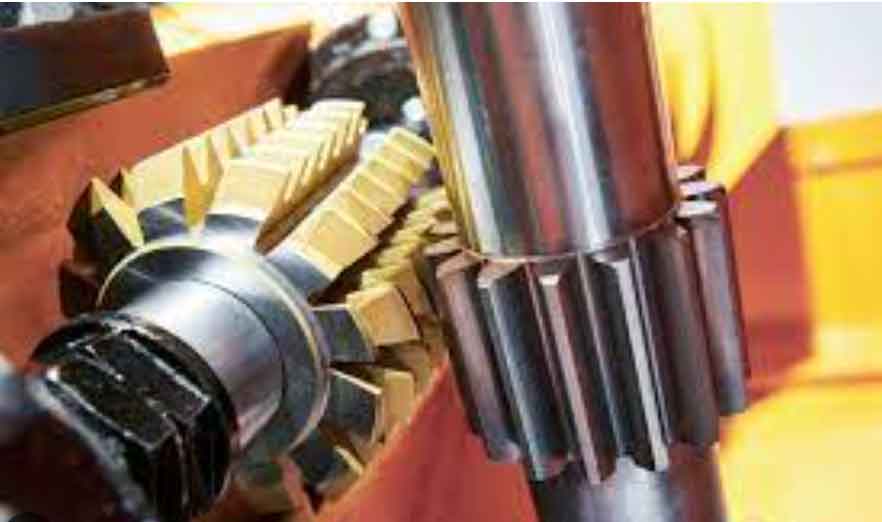Gear hobbing is a highly efficient and precise gear manufacturing process that offers several advantages in gear production. Let’s explore how gear hobbing enhances efficiency and precision in more detail:

- High Productivity: Gear hobbing is a continuous cutting process that allows for the rapid production of gears. The cutting action occurs simultaneously on multiple gear teeth, resulting in high production rates. This makes gear hobbing particularly suitable for large-volume production runs.
- Accurate Tooth Profiles: Gear hobbing ensures precise tooth profiles by utilizing a specialized hob with the desired tooth shape. The hob’s teeth are designed to generate accurate gear profiles, leading to gears with excellent meshing characteristics and minimal backlash. This accuracy is crucial for achieving smooth and efficient power transmission.
- Versatility in Gear Types: Gear hobbing is versatile and can produce various types of gears, including spur gears, helical gears, worm gears, and splines. By using different types of hobs and adjusting the machine settings, gear hobbing can accommodate a wide range of gear configurations, meeting diverse industry requirements.
- Excellent Surface Finish: Gear hobbing typically results in gears with a superior surface finish. The cutting action of the hob produces smooth tooth surfaces, reducing friction and wear during gear operation. Additionally, post-processing techniques like grinding, honing, or lapping can further refine the gear teeth for exceptional surface quality.
- Material Flexibility: Gear hobbing can be applied to a wide range of materials, including various alloys, steels, and non-ferrous metals. This flexibility allows for the production of gears with specific material properties, such as high strength, wear resistance, or corrosion resistance, based on the application requirements.
- Cost-Effective Manufacturing: Gear hobbing is a cost-effective method for gear production, particularly for high-volume manufacturing. The high productivity, material flexibility, and accuracy of the process contribute to reduced production costs per gear. Furthermore, gear hobbing machines can often be easily programmed and automated, further enhancing cost efficiency.
- Design and Customization: Gear hobbing provides design flexibility, enabling the customization of gear parameters such as tooth profile, pressure angle, module, and helix angle. This adaptability allows manufacturers to tailor gears to specific application needs, optimizing gear performance and efficiency.
- Process Control and Automation: Modern gear hobbing machines often feature advanced control systems and automation capabilities. These technologies enable precise control of cutting parameters, such as feed rate, cutting speed, and indexing, ensuring consistent gear quality and reducing the potential for human error.
By combining high efficiency, precision, versatility, and cost-effectiveness, gear hobbing has become a widely adopted method for gear production in industries such as automotive, aerospace, machinery, and more. Its ability to produce high-quality gears with accurate tooth profiles makes gear hobbing a preferred choice for demanding applications where reliability and performance are critical.
